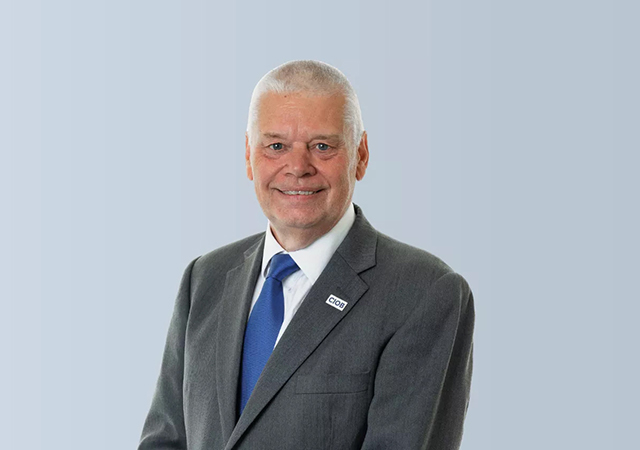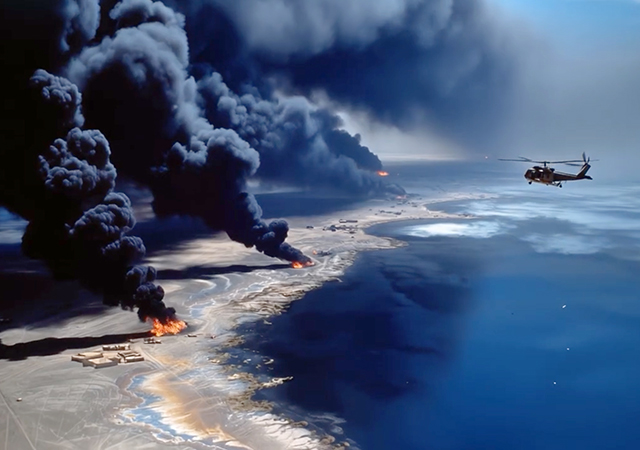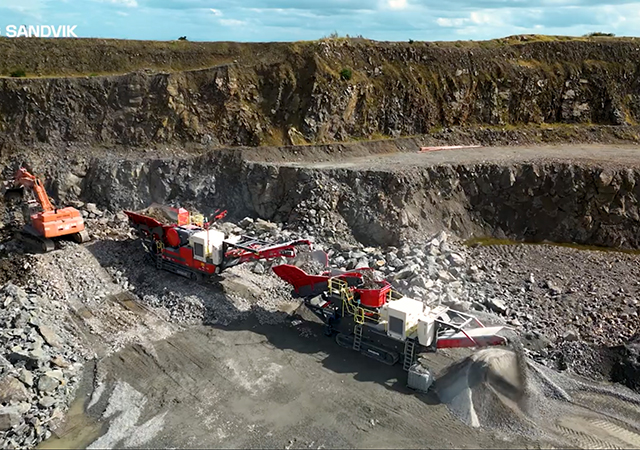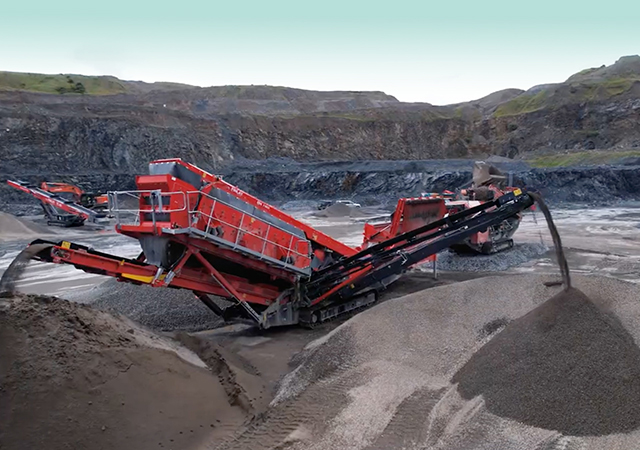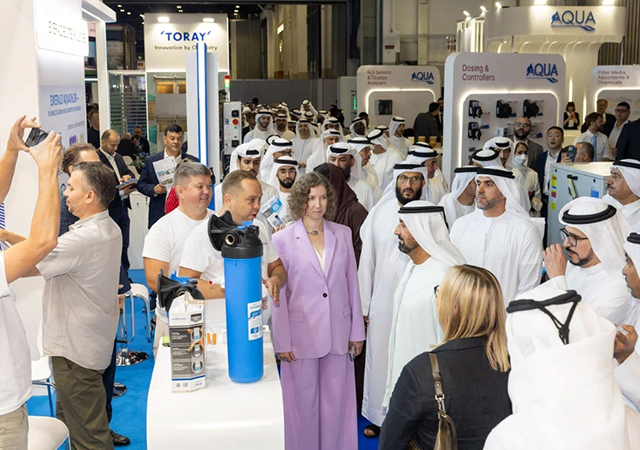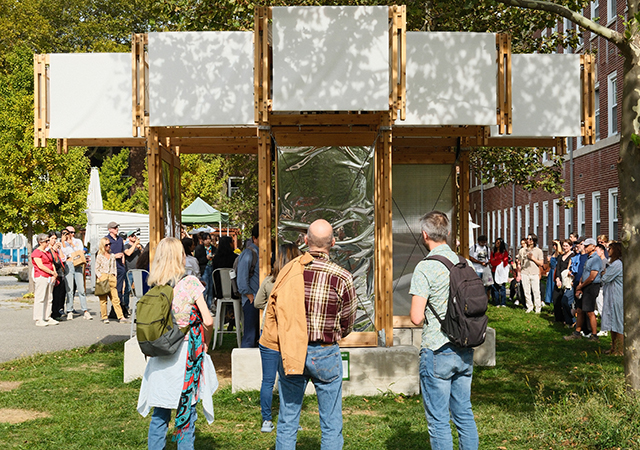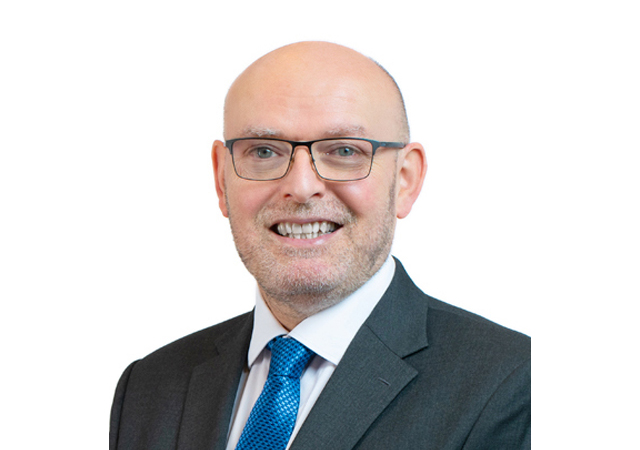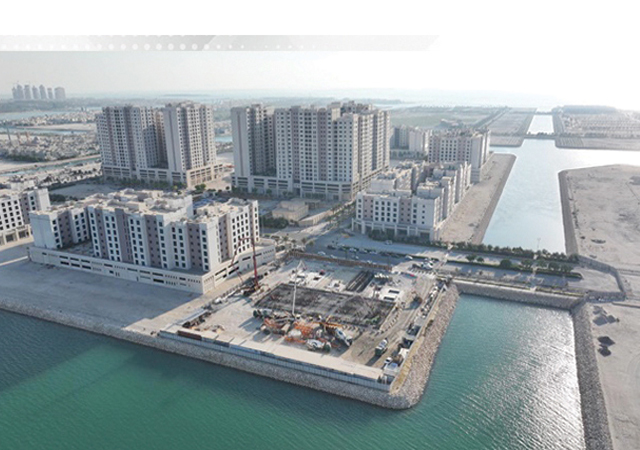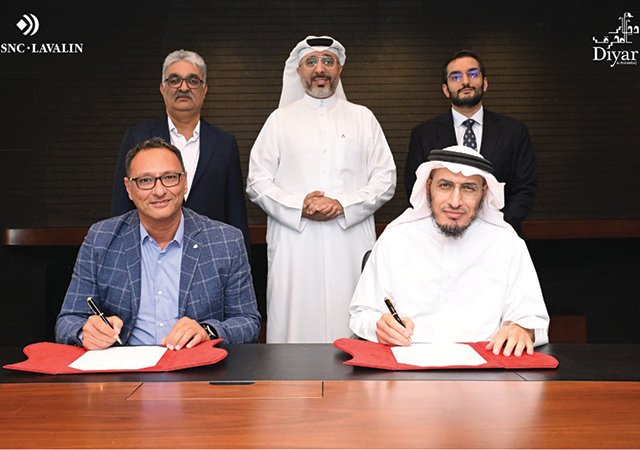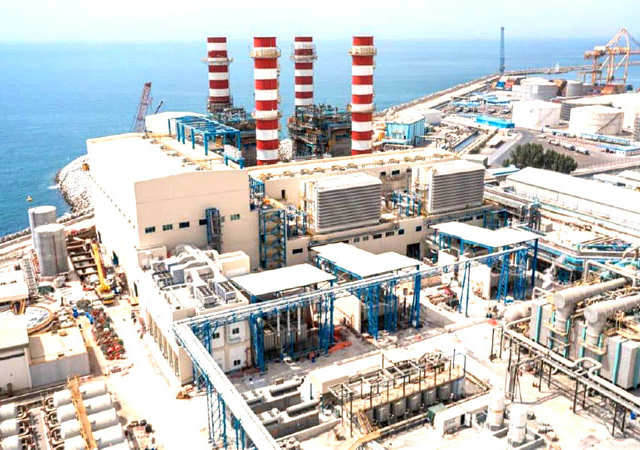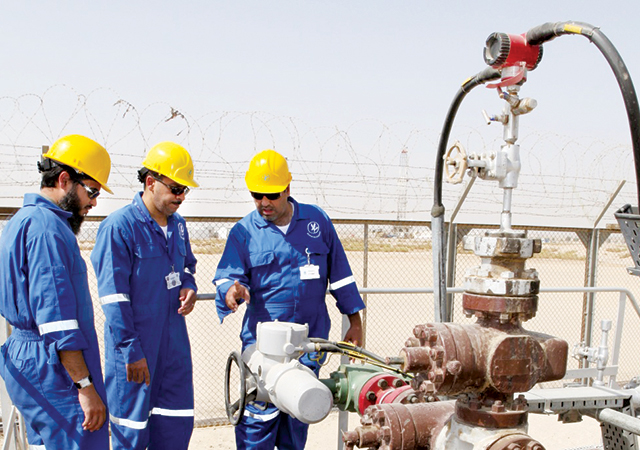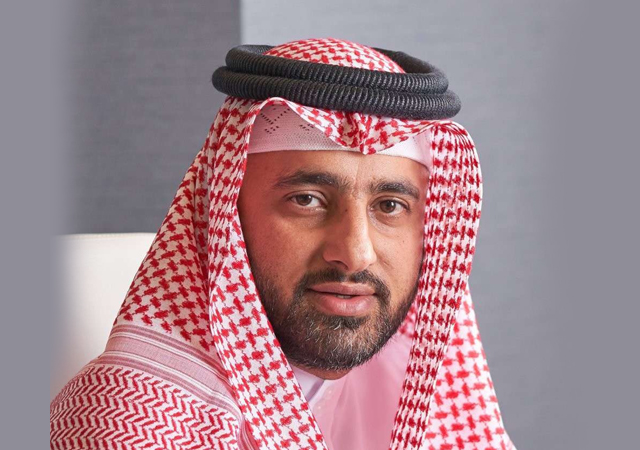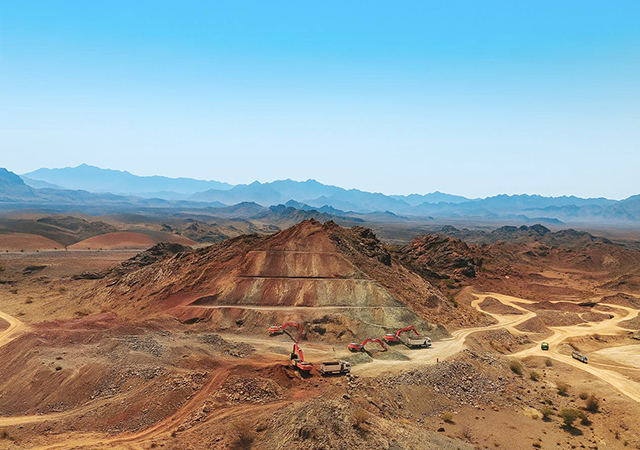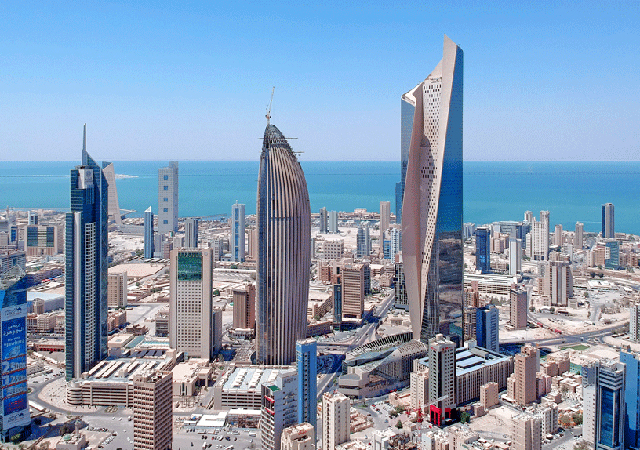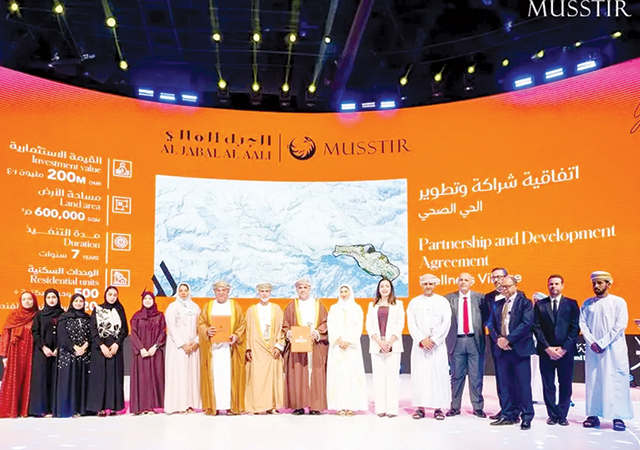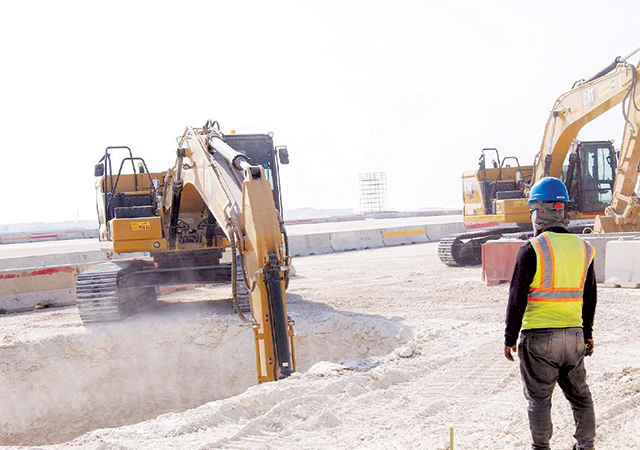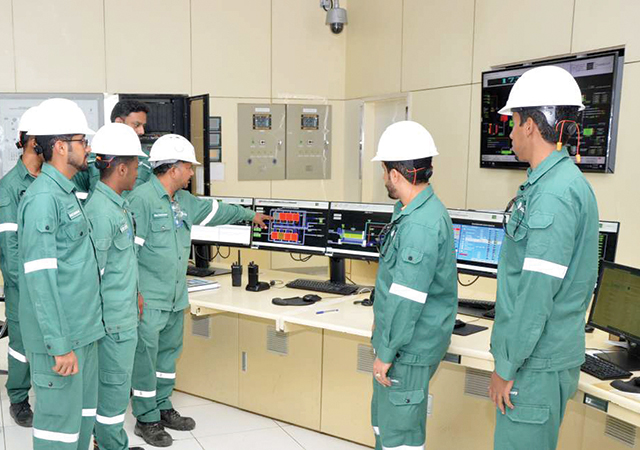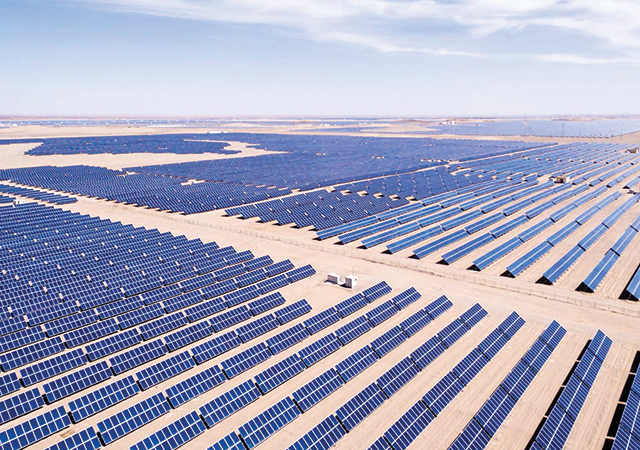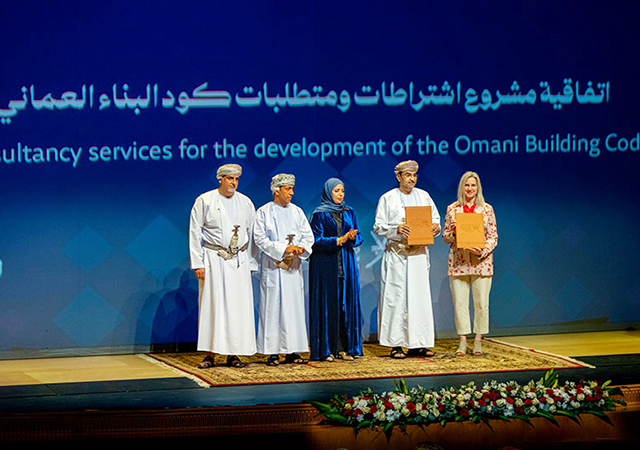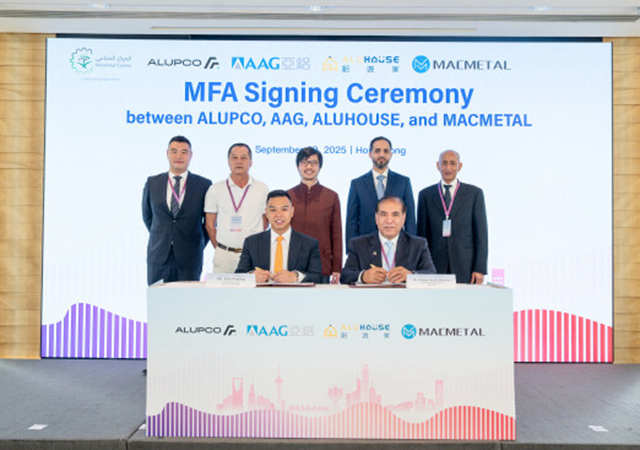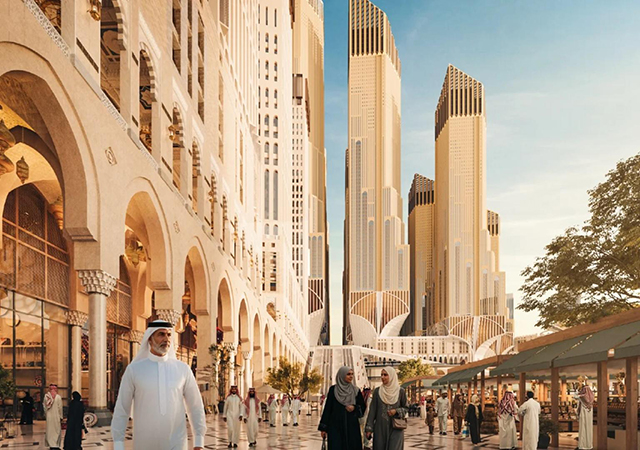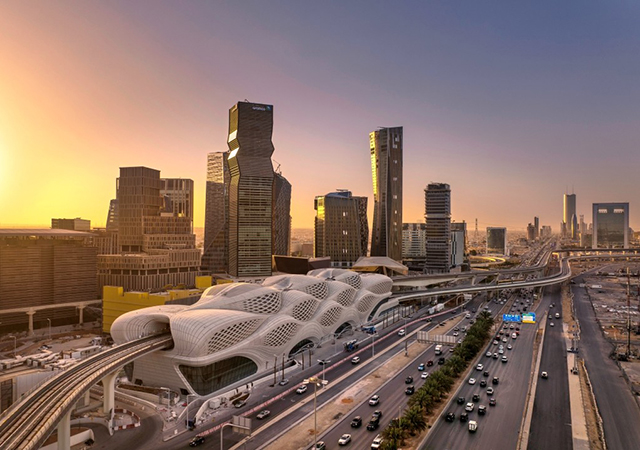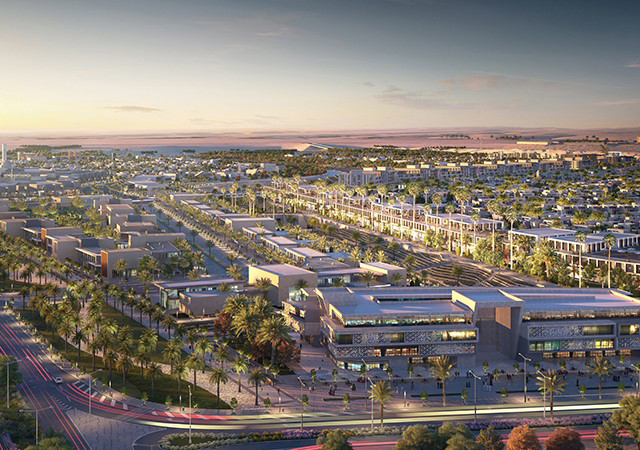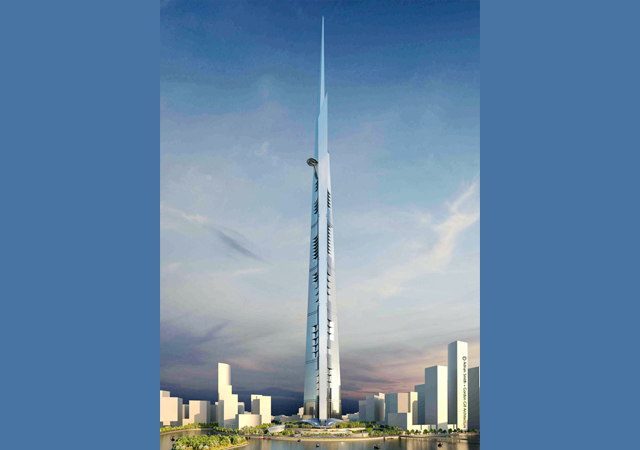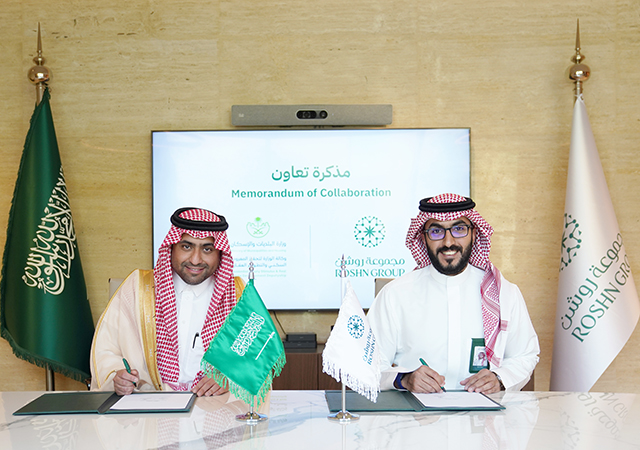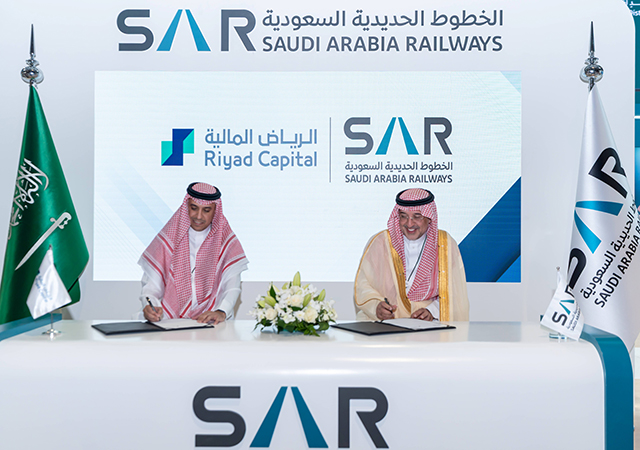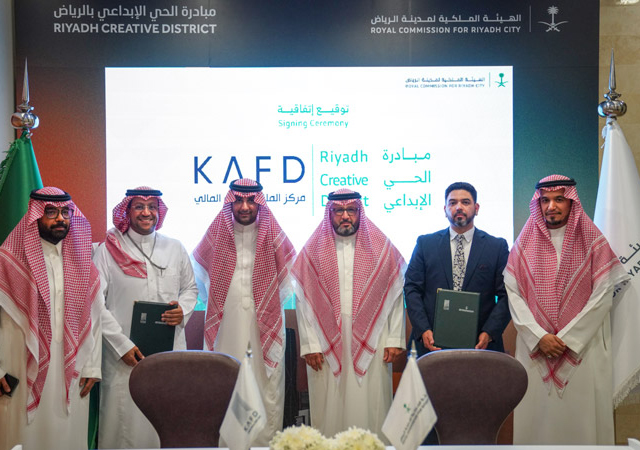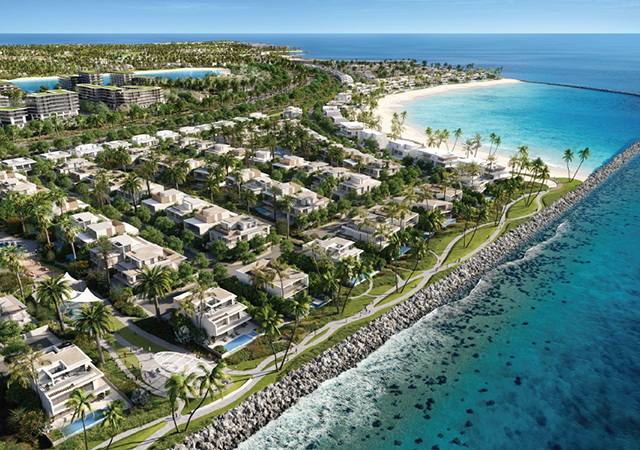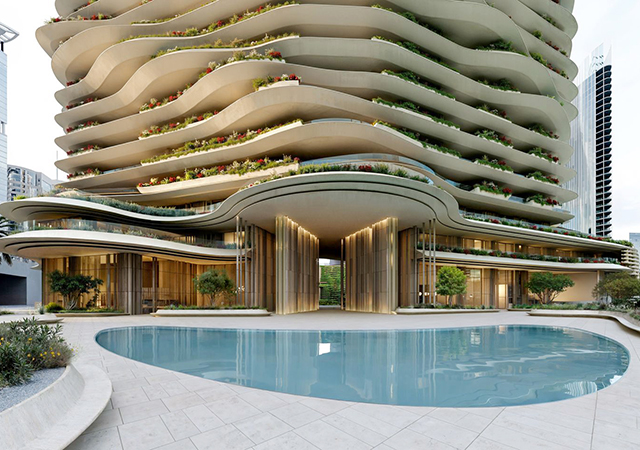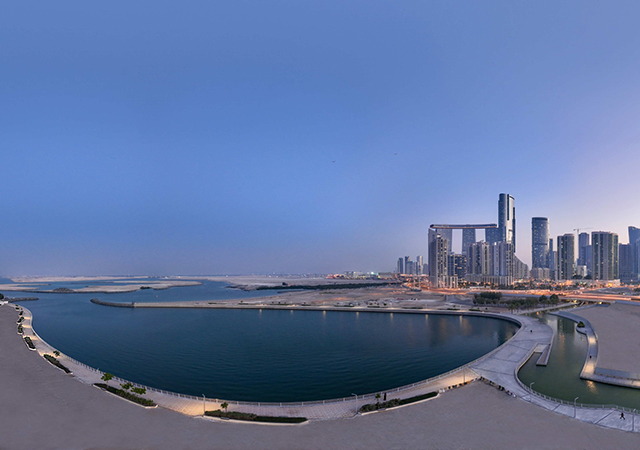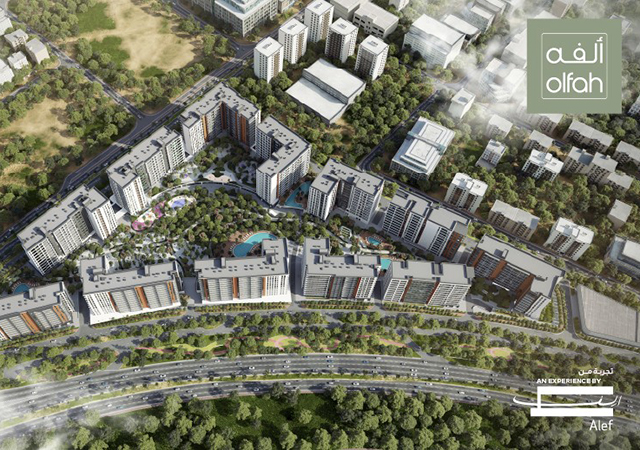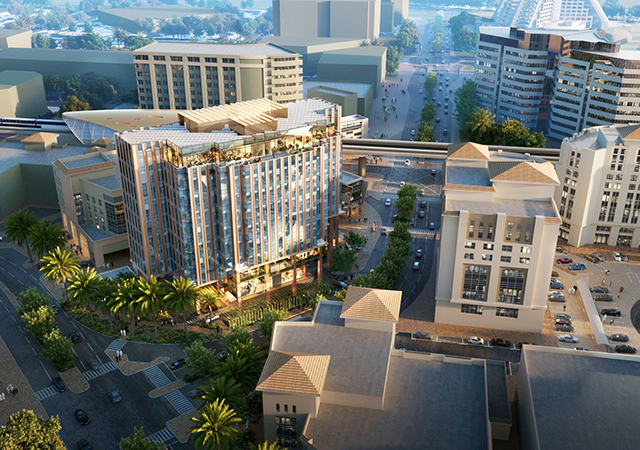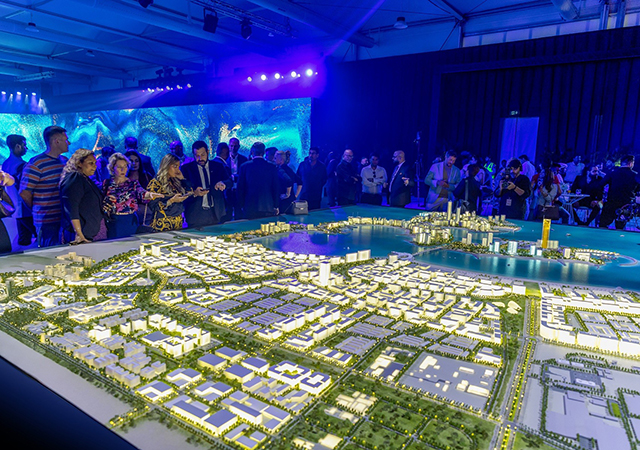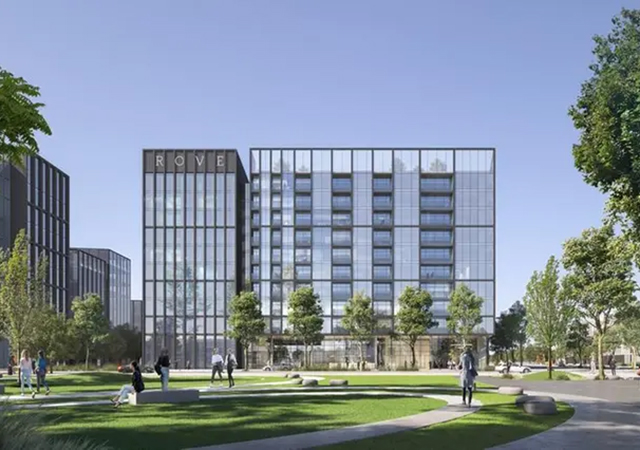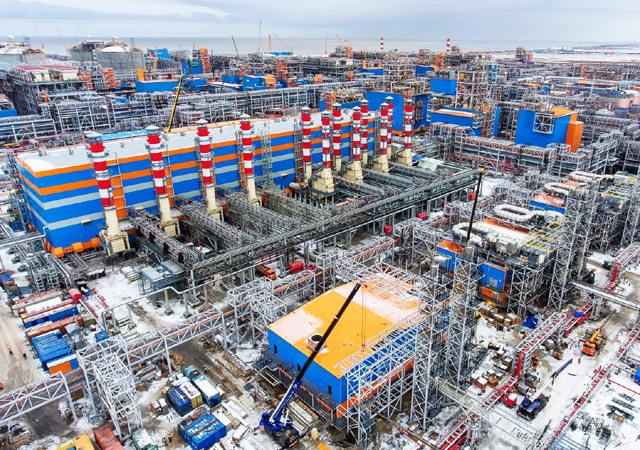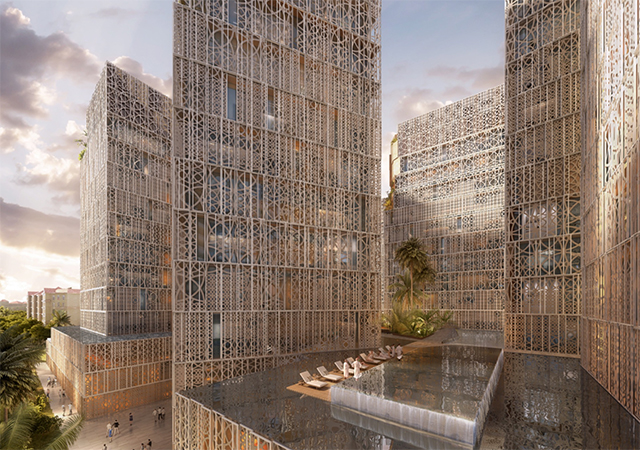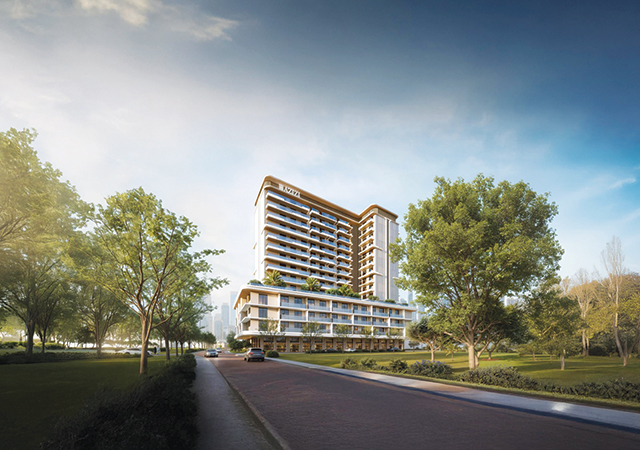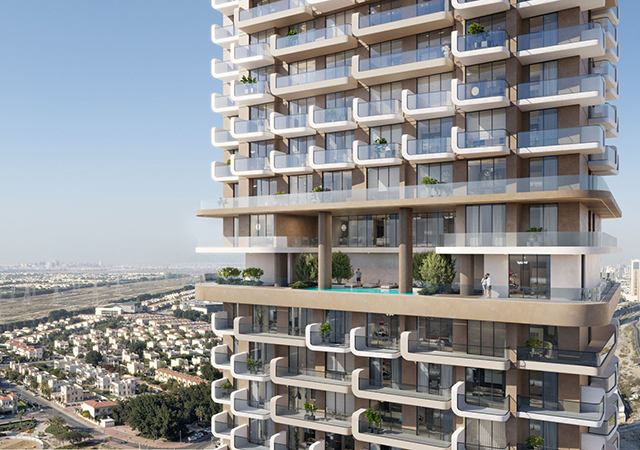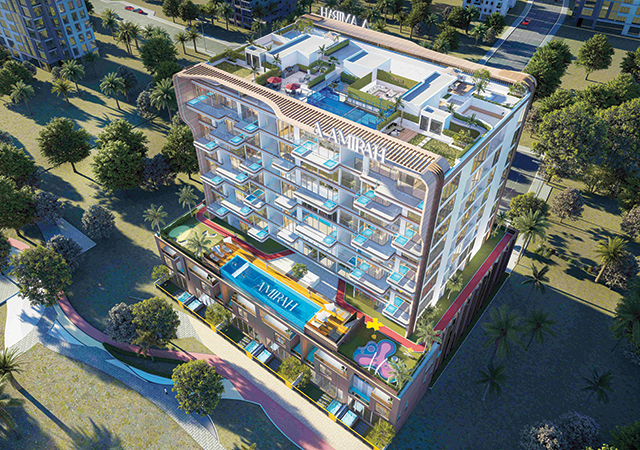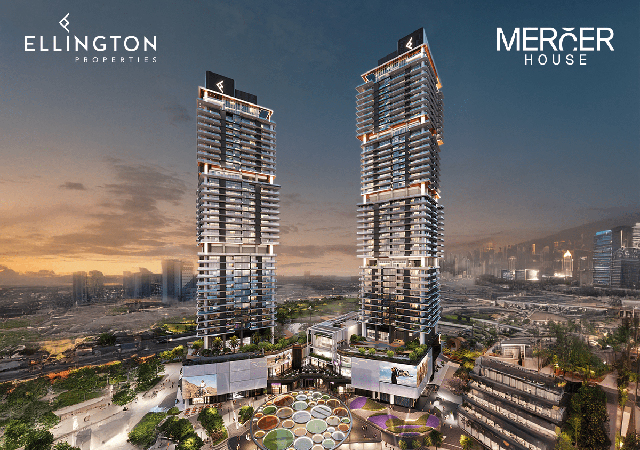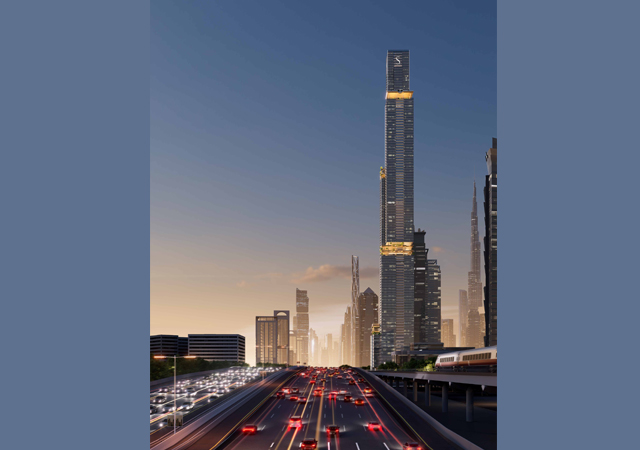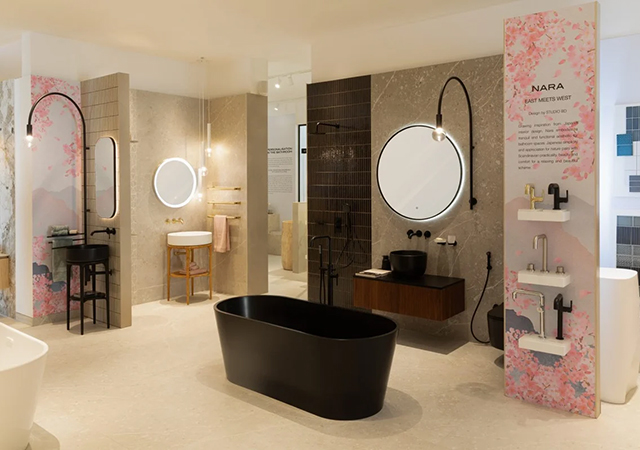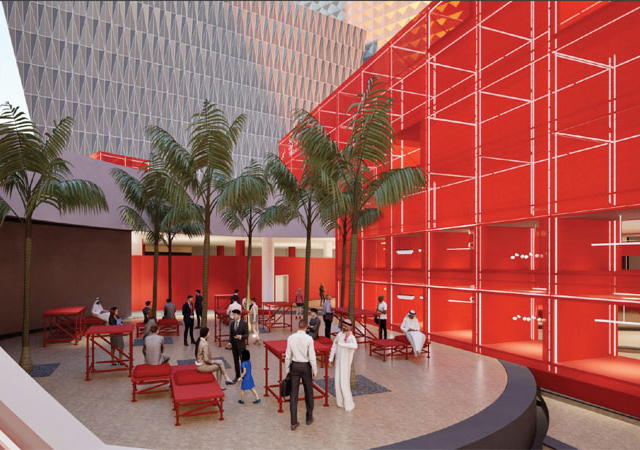
 Value of Construction Contracts Awarded, 1997-2002.
Value of Construction Contracts Awarded, 1997-2002.
The link between the construction industry and the price of oil has traditionally been very apparent in Saudi Arabia and is clearly highlighted in the Jeddah-based National Commercial Bank's (NCB) index of construction contract awards which has historically risen and fallen largely in line with world oil price trends.
The large number of contracts awarded in Saudi Arabia during 2001 and the first nine months of 2002 will generate ample construction work through until at least 2004. According to the NCB's Economics Department latest quarterly report, 900 construction contracts were awarded during the first nine months of 2002 with a combined value of SR12.7 billion ($3.39 billion). This represents a rise of around 36 per cent compared to the same period in 2001 and was projected to finish the year at around SR16.0 billion, the highest level since 1997.
Set against this growth in construction project investment is the pressing demographic problem faced by the Kingdom. Around 60 per cent of the Saudi population is now estimated to be 19 years of age or younger and with an annual population growth rate already running at 3.27 per cent per year, accommodating approximately 555,000 individuals per year will become a vital component of future government strategy. Given an estimated six-person average household size, the government and private sector developers will need to construct around 100,000 residential units per year merely to keep household sizes at current levels.
With an existing undersupply of housing and a demographic time bomb in the wings, it is clear that private sector real estate developers have a key role to play in meeting the future housing needs of the Saudi population.
However, the economics of social housing are rarely more attractive to developers than the private sector sales market. On a longer, but no less remunerative scale, the residential compound market, which targets the upper income expatriate market, has been a highly lucrative business over the years.
The range of compound sizes is extremely wide in Saudi Arabia, ranging from single employer "mini-cities" such as Saudi Aramco in Dhahran, to small villa groups located in every major city.
Surprisingly, there are relatively few new compound projects being developed in Saudi Arabia, especially given the levels of income that it is possible to generate. In the context of the "Saudi gas initiative", it is quite likely that the numbers of expatriates in the eastern region will rise sharply in the next few years.
The "Saudi gas initiative" marks the first opening of the Saudi energy sector since it was nationalised in 1981, and calls for international oil majors to invest in projects ranging from exploration to water and petrochemicals in return for interests in gas finds that they make.
At present, there is broad confidence that an agreement will ultimately be reached. In the event of such an agreement there is a strong likelihood that demand for accommodation in expatriate compounds will intensify from the prevailing near-capacity occupancy.
In a recent survey of compounds in Al Khobar, it was found that on the 18 compounds reviewed (containing 1,722 villas), occupancy is currently effectively at capacity levels of around 92-95 per cent with many compounds reporting waiting lists of tenants. Given that a normal vacancy rate of around eight per cent is typically required to provide sufficient "slack" for people to move, villas to be renovated and so on, the present occupancy, either at or above this level in most compounds, indicates that the market is in fact under-supplied with residential compound units.
Compounds are charging up to SR350,000 per year for accommodation and yet the compounds are rarely under five years old. Villas and facilities are frequently ageing but a well-organised management team appears more often to be the key determinant of the compound's performance. Under current conditions, it is almost a given that compounds in Al Khobar will be fully occupied, but management, amenities and location will be the key determinants of pricing structure.
In addition to a good management team, able to respond to the social needs of residents, an increasing awareness of security issues has crept into the value judgement.
Following a review of compounds in Al Khobar prompted by Iraqi conflict tension, Mark Courtnell director of MXM International, a Bahrain-based security company, reported that he had found compounds to have quickly become aware of the challenges faced in providing effective security, and in many cases the compound management had recognised this to be a key component in the decision-making process.
Although there are huge tracts of coastline available for development in the eastern region, developers have typically taken the opportunity to develop these areas for private residential developments intended for sale or lease to Saudi nationals. These projects have had varying levels of success, largely as a result of the intense competition from Bahrain-based mega projects such as Durrat Al Bahrain and Amwaj Islands.
However, the potential returns from coastal compound development are exceptional and with many of the major Islamic funds seeking cash-generating projects in which to invest, the opportunity exists to develop a new type of project which may be sold or held for capital appreciation and/or ongoing revenue purposes.
It is important to note, however, that the requirements of Saudi families and expatriate compound residents are quite different, usually a reflection of demographic issues such as family size and price sensitivity. For example, expatriates typically require smaller units than the upper-income Saudi family and are content to rent, whilst Saudi nationals rarely prefer a rental or even lease option.
The challenge faced by developers of residential projects in the Eastern Province today, is to choose between two quite distinct markets, offering different payback characteristics: expatriate compounds providing likely strong rental returns and sale potential to the expanding army of Institutional investors, or private residential developments intended to match the needs of the rapidly growing Saudi family market. Developers, the choice is yours.



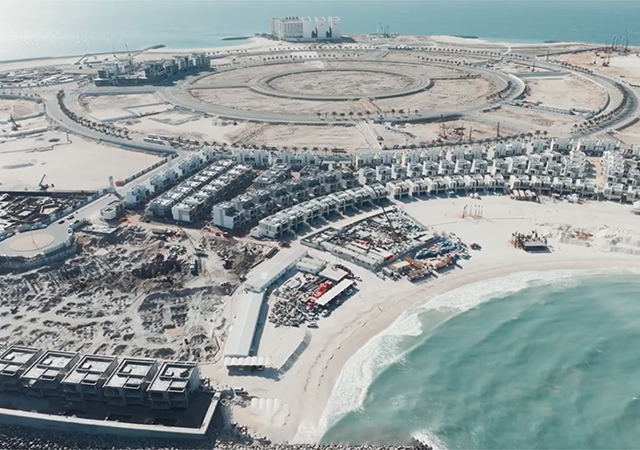

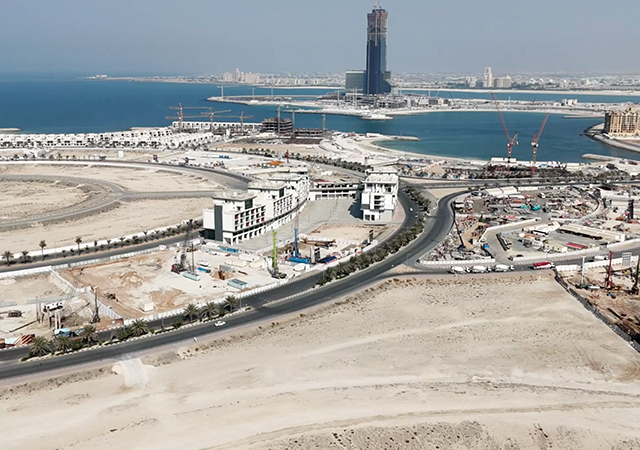
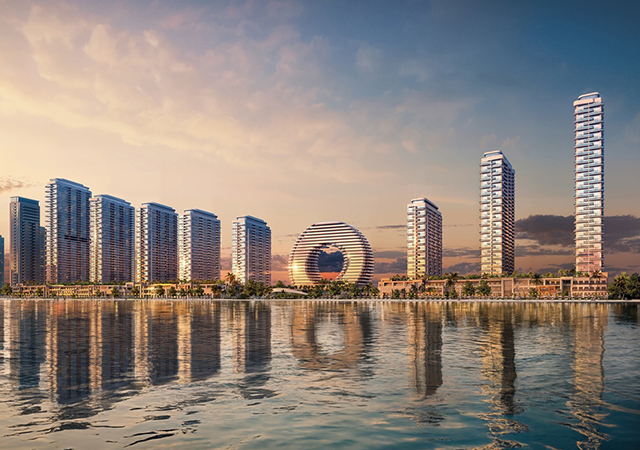
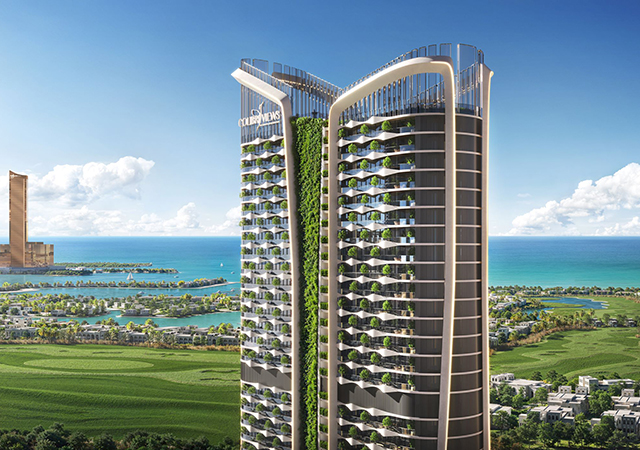
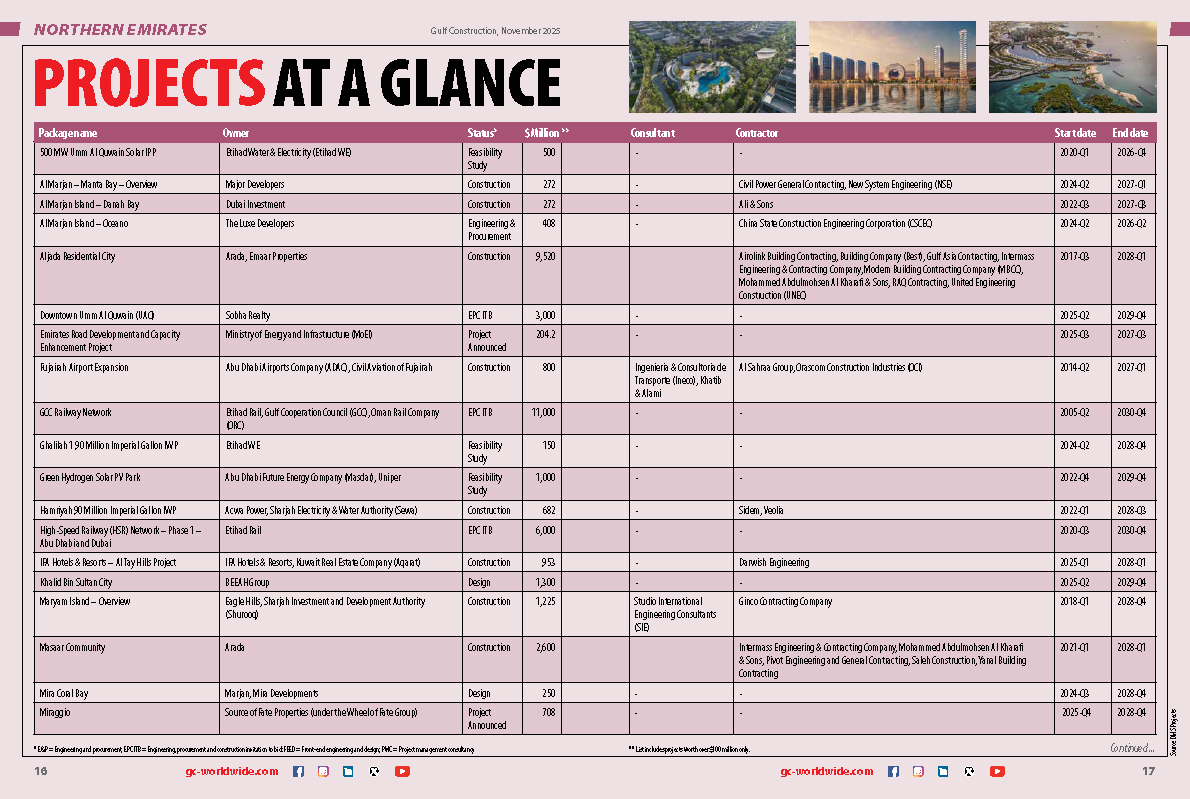
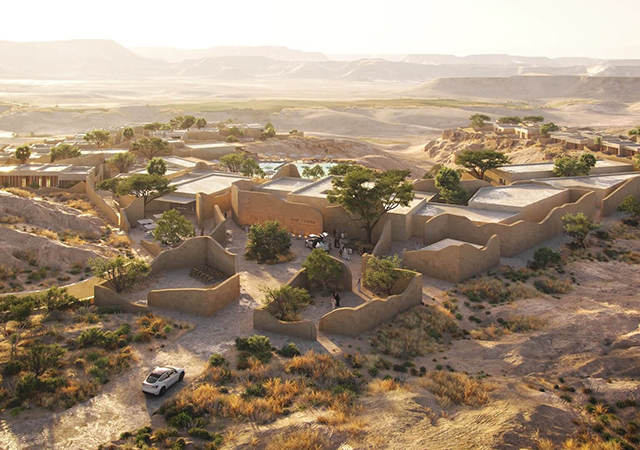

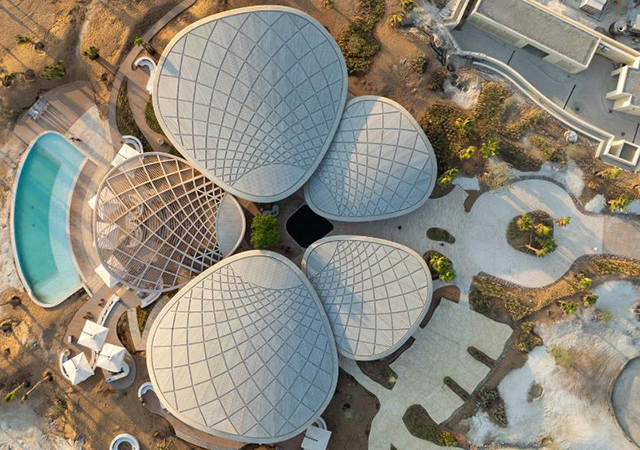

(5).jpg)
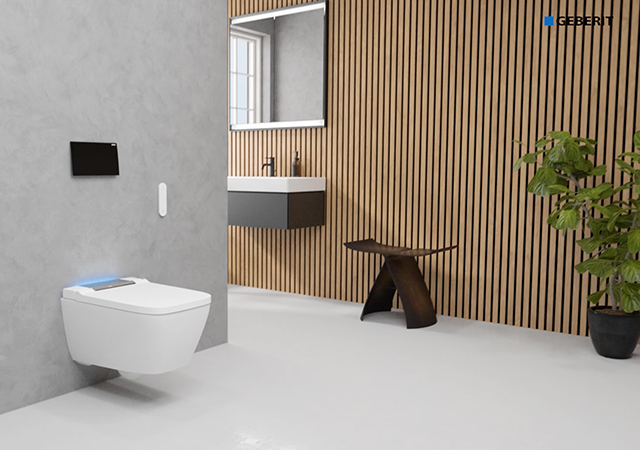
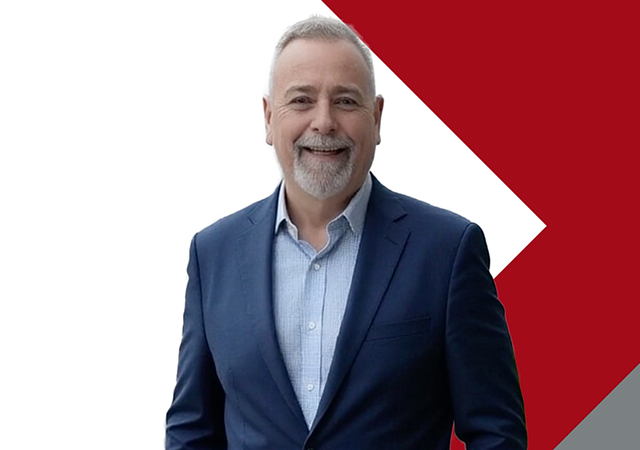
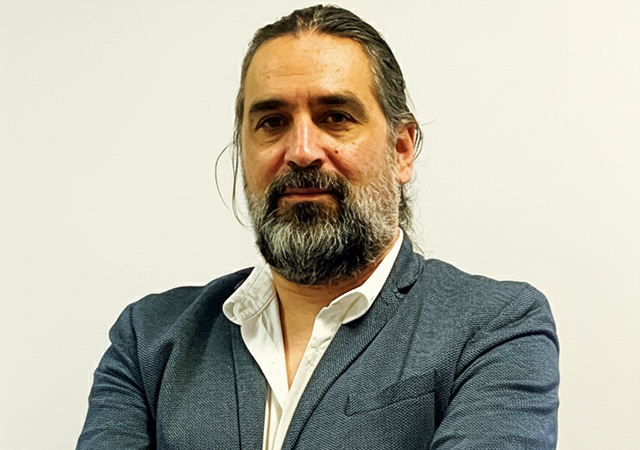
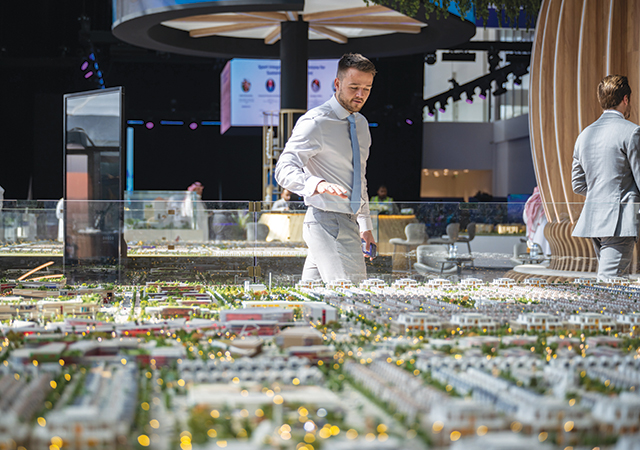
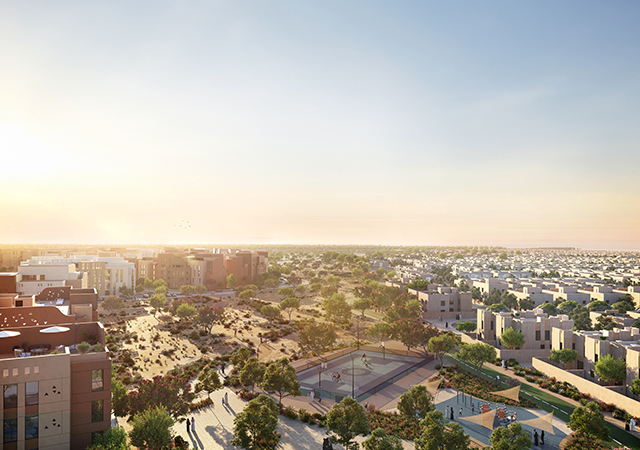
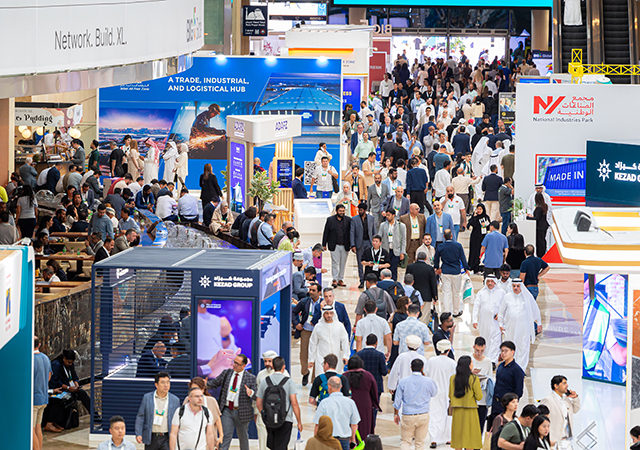

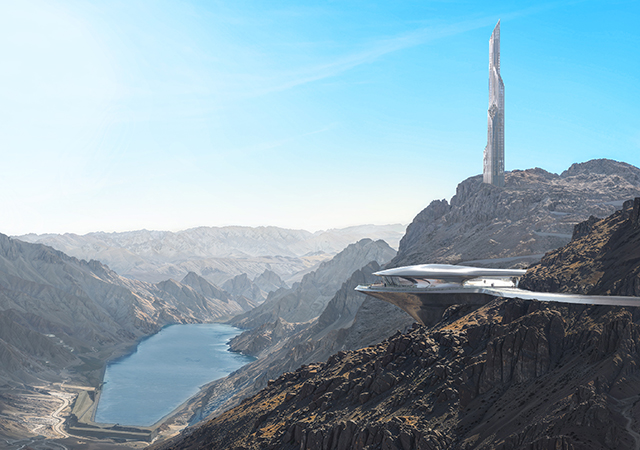
.jpg)
